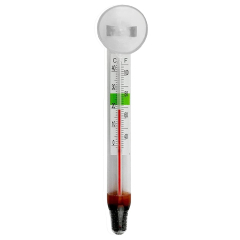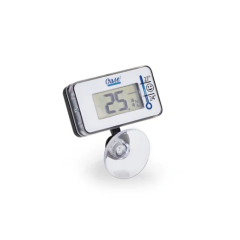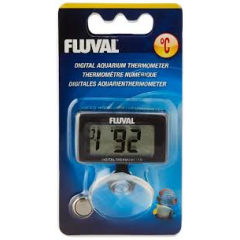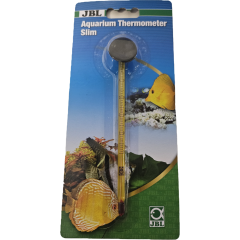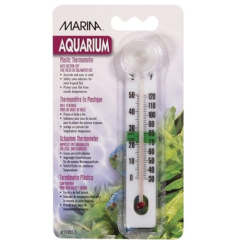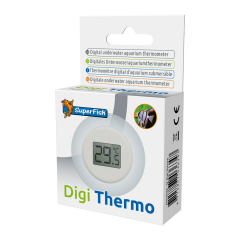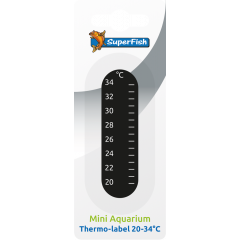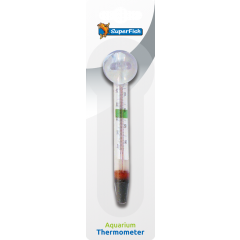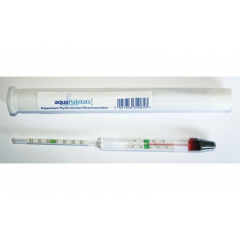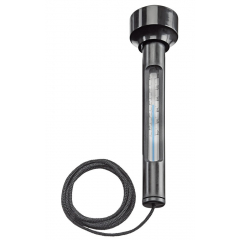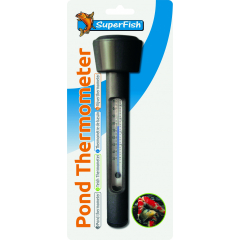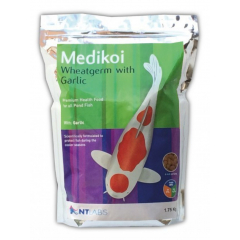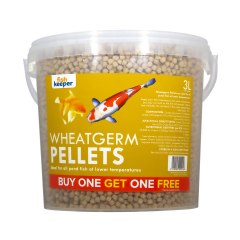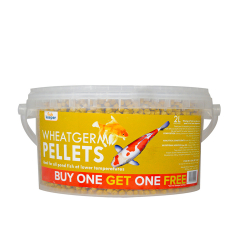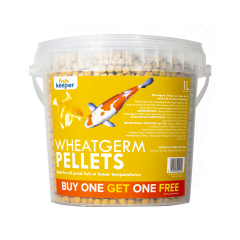How to adjust your fish feeding routine in September
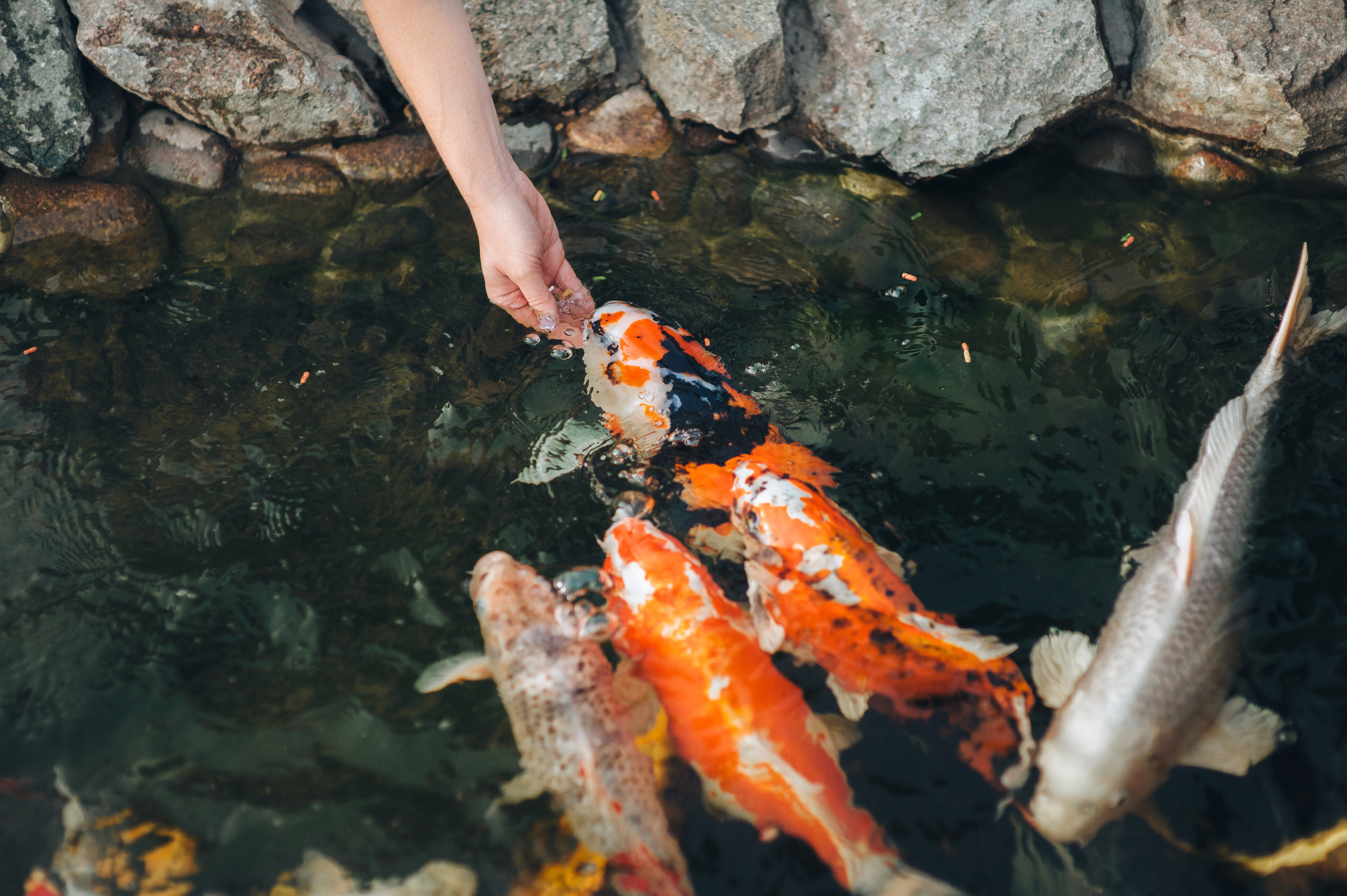
As we move into September, decreasing temperatures and changing daylight patterns signal a vital transition period for fishkeepers. Reviewing your feeding strategy now prevents potential digestion, water quality, and fish health issues.
1. Understand the impact of temperature
Fish are cold-blooded, meaning their metabolism mirrors their environment. As water cools, fish digest food more slowly and their energy needs drop. Overfeeding can lead to undigested food, poor water quality, and health risks.
2. Monitor water temperature regularly
Use a thermometer—like a floating pond thermometer—to track water temperature accurately. In most UK ponds, this will begin to fall below appreciably in September, signalling time to change feeding practices.
3. Gradually shift to low‑protein, wheatgerm‑based foods
As water temps dip below ~10 °C, slowly replace regular any high-protein food with all-season or wheatgerm-based winter feeds. These are easier to digest and support immune health. By mid to late autumn, fish should be on 100% wheatgerm until feeding stops entirely.
4. Adjust feeding frequency and portion sizes
Reduce both how much and how often you feed. Below 10 °C, cut back to once a day or even every other day. Cease feeding completely once the water reaches ~4–6 °C—fish will be dormant and unable to digest food.
Also, observe how much your fish eat within 5–10 minutes. Any leftover food should be promptly removed to prevent water contamination.
5. Use a feeding ring for precision
Use a feeding ring to contain food in one area and help you easily spot uneaten bits. This tool supports measurement and prevents waste from sinking and polluting the water.
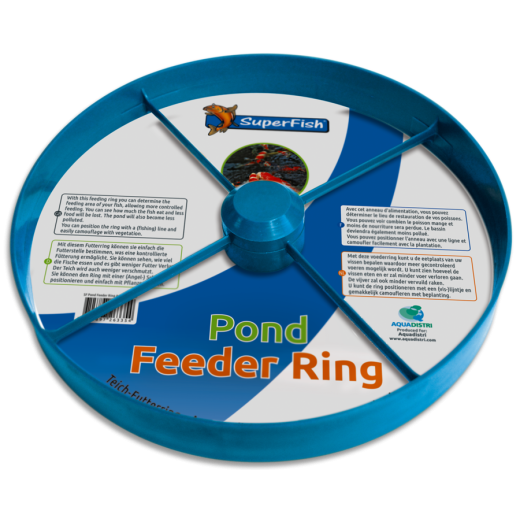
6. Apply to Both Aquariums and Ponds
- Aquariums: Lower room temperatures and reduced lighting can also slow fish metabolism in unheated set ups. Mirror the same low-protein, small-portion approach, and monitor feeding behaviour closely.
- Ponds: Wild food sources decrease in cooler water. Gradual rationing supports the fish through seasonal changes and prevents harmful build-up.
Product Recommendations
Here are hand-picked feed options available on Fishkeeper.co.uk—perfect for autumn adjustments:
Summary Table
|
Water Temperature |
Feeding Action |
|
Above ~12 °C |
Feed as usual with a regular diet; watch portions. |
|
~10–12 °C |
Begin transitioning to wheatgerm feeds; reduce feeding frequency. |
|
Below ~10 °C |
Switch fully to wheatgerm; feed sparingly (once daily or every other day). |
|
~4-6 °C |
Stop feeding entirely; fish metabolism will be too slow to digest food properly. |
Final thoughts
September is a critical month to realign your fish’s diet with their slowing metabolism. By using the right feeds and adjusting your routine, you’ll protect fish health heading into autumn and winter. For any specific help and advice around this topic, please speak to your friendly local store team, who will be more than happy to assist.
